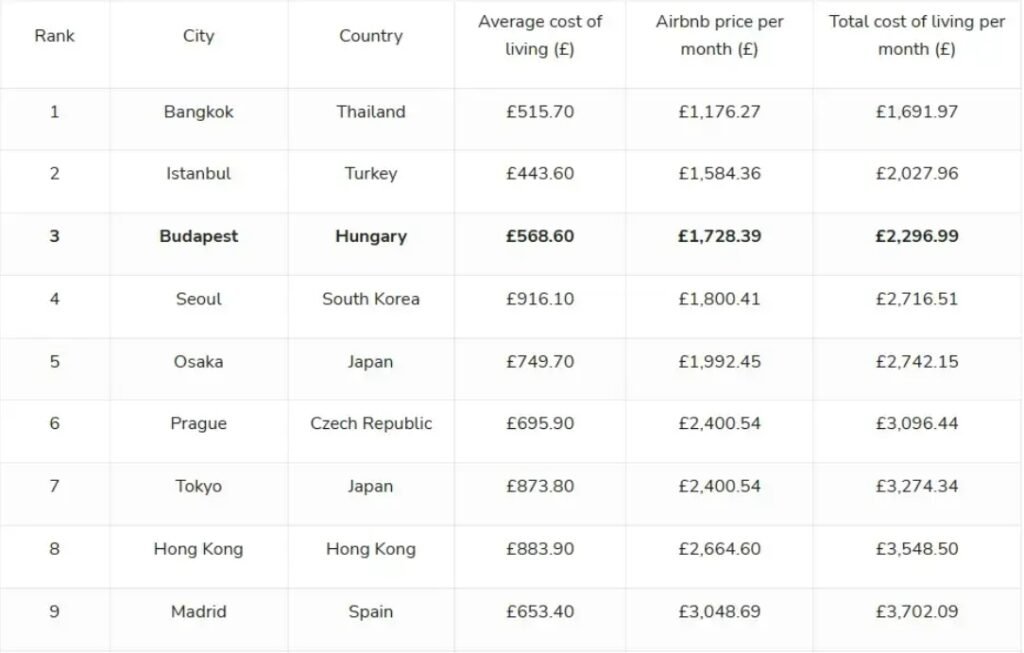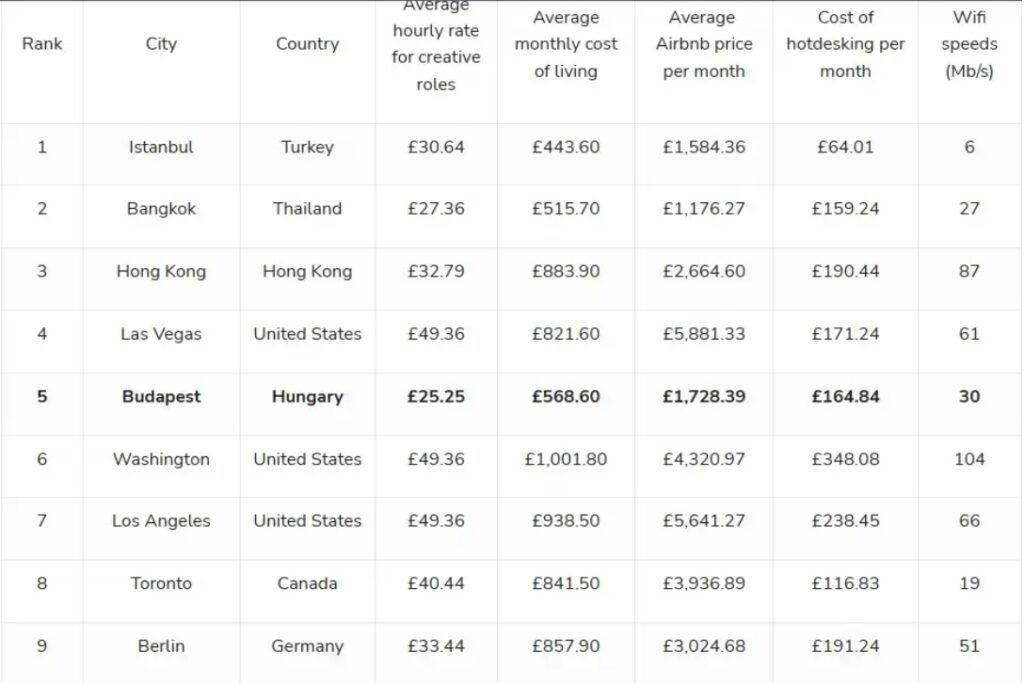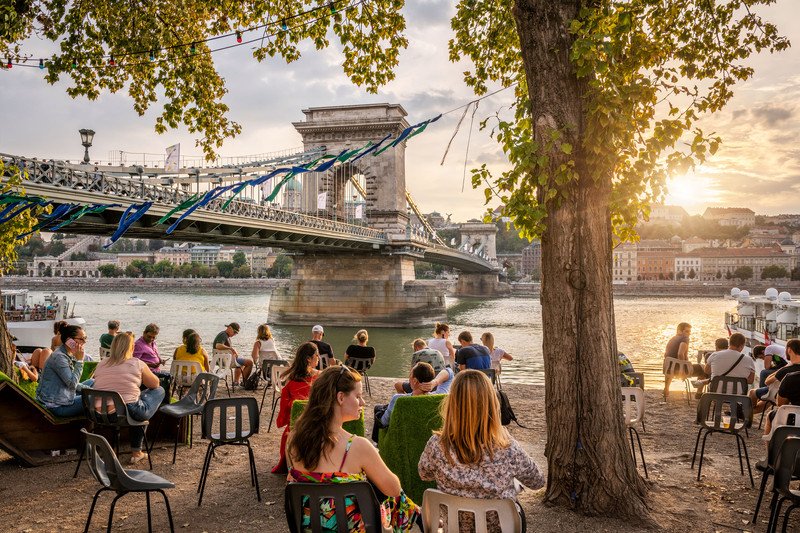Budapest is the capital of Hungary and one of the most beautiful cities in Europe. It boasts stunning architecture, a lively nightlife, and a rich cultural scene. The cost of living in Budapest is relatively low, and it has a great public transport system and widespread Wi-Fi coverage. The digital nomad community here is growing, offering plenty of opportunities for entrepreneurs and freelancers.
Advantages:
- Affordable cost of living
- Excellent infrastructure
- Rich history and cultural activities
- Central location in Europe
The Millennium Monument stands 36 meters tall, with a bronze statue of an angel at the top. The pedestal features statues of seven tribal leaders, representing the seven tribes that are considered the early ancestors of the Hungarian people. In front of the monument is a symbolic tomb made of a 47-ton white stone, built by the Hungarian people after World War II to honor their national heroes.
Behind the monument, there are two 16-meter-tall curved colonnades that form a grand triumphal arch. The colonnades are adorned with statues of 14 famous Hungarian rulers, including the first king, Stephen I, and Matthias I. At the four corners of the colonnades, there are four sets of statues depicting laboring people, illustrating themes such as war and peace, labor and love, knowledge and glory.
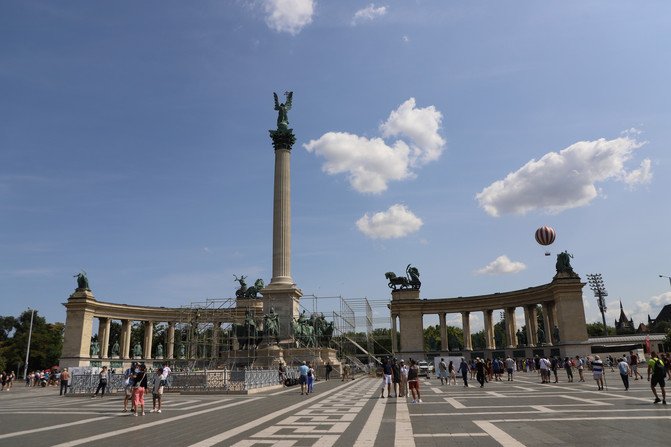
St. Stephen’s Basilica was built to celebrate the 1000th anniversary of Hungary’s founding in 1896. It stands on the site of the former royal palace and was completed in 1905. The church’s dome was destroyed during wartime and was rebuilt in 1949. Inside the basilica, you can find the right hand of St. Stephen, the first king of Hungary. August 20th, the day of St. Stephen’s coronation, is now celebrated as St. Stephen’s Day and is Hungary’s national holiday.
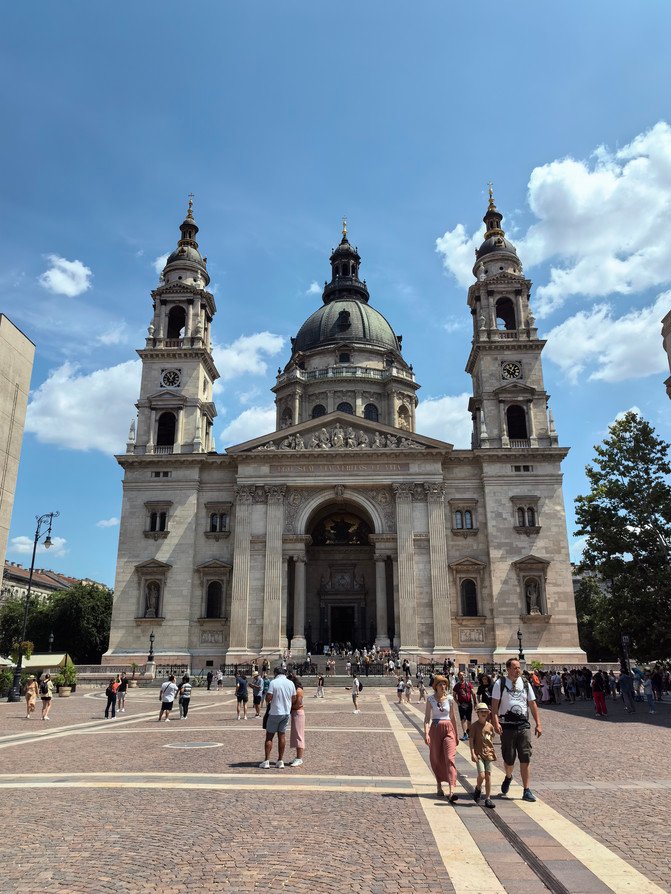
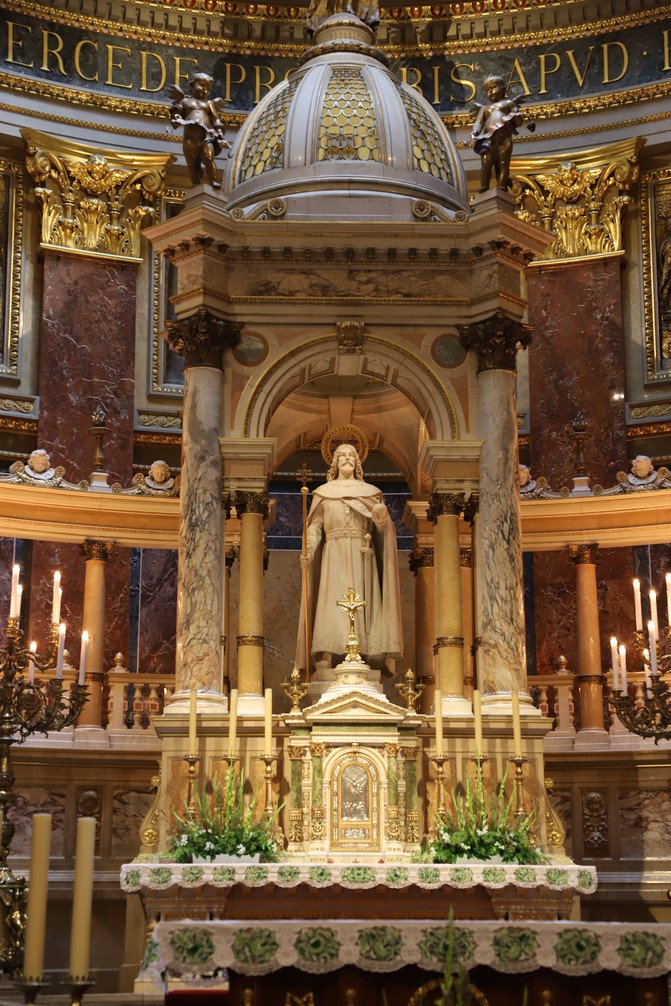
Tihany Peninsula is a village on the northern shore of Lake Balaton. It is home to a monastery that was originally founded in 1055. The monastery holds the oldest surviving Hungarian language document, and it was rebuilt in 1754.
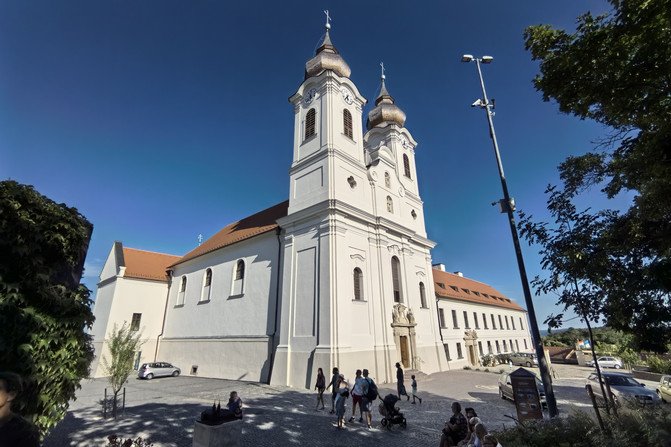
Buda Castle was originally built in 1247 by King Béla IV of Hungary to defend against the Mongol invasion. Later, King Sigismund of Luxembourg reconstructed the original structure into a Gothic palace. From 1541 to 1686, during the Ottoman occupation of Budapest, Buda Castle was used as a barracks and mosque. In the 17th century, after the Habsburgs expelled the Ottomans, the castle was rebuilt in a Baroque style. Today, Buda Castle houses Hungary’s National Gallery and several museums, making it a major attraction for visitors. In 1987, it was listed as part of the Budapest panorama in the UNESCO World Heritage Sites and is often referred to as the “Hungarian Versailles.”
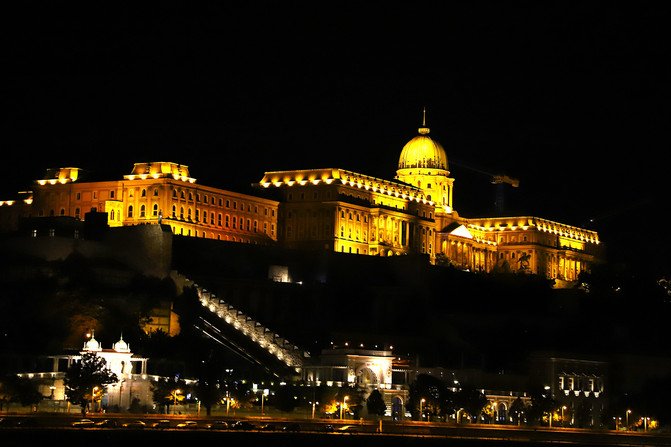
Budapest’s well-preserved Millennium Metro — the first subway line on the European continent, built in 1896 — is a naturally hidden gem with its own museum and serves as an ideal mode of transport for visiting various indoor landmarks along the route. The Millennium Underground Museum, located in a decommissioned subway tunnel beneath Deák tér station, showcases a collection of vintage vehicles and public transport artifacts. Visitors can ride the historic Yellow Line to explore landmarks like the House of Terror Museum (near Vörösmarty utca station), the Kodály Memorial Museum (near Kodály körönd station), or the Ferenc Hopp Museum of Asian Art (near Bajza utca station).
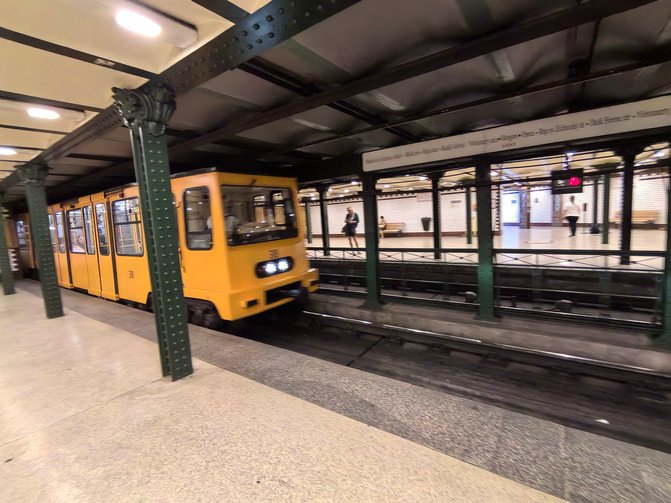

The Great Synagogue — the largest Jewish place of worship in the world outside of New York.

Budapest’s Great Market Hall, with its 120-year history, remains a vital shopping hub for downtown residents under its beautiful, colorful Zsolnay-tiled roof. Every morning, locals come here to buy fresh produce, meat, and specialty items. The hall’s large skylights provide perfect illumination, rain or shine, and the vintage-style stalls are filled with a variety of vegetables, fruits, paprika, sausages, and other local delicacies. On the expansive upper gallery, you’ll find stalls selling traditional Hungarian handicrafts and unique souvenirs. There is also a row of vendors upstairs cooking Magyar dishes, such as lángos (fried dough) and goulash soup.

Gellért Baths
As a city of thermal baths, Budapest boasts many historic and scenic thermal bathhouses, but the spacious Gellért Baths are the most renowned for their exquisite interior design. Opened in 1918, Gellért Baths are a masterpiece of Art Nouveau architecture. The pools are surrounded by incredible works of art, including elegantly curved Zsolnay tile installations, stunning stained glass windows, intricate mosaics, and many other captivating features for visitors to admire while relaxing in the thermal waters.

Hospital in the Rock
Beneath the fairytale-like streets of the Castle District lies a chilling underground labyrinth that preserves artifacts from Hungary’s violent 20th-century history. The Hospital in the Rock was originally built within natural underground caves as a wartime medical shelter. Today, it has become a public museum, offering visitors an all-weather experience into its haunting past.

Pálvölgyi Cave
During a short trip into the Buda Hills, you can enjoy an underground tour through the Pálvölgyi Cave. This geological adventure awaits everyone in its captivating caves, which are interconnected and permanently bathed in darkness. The cave system offers regular guided tours in English. After the tour, you’ll see fascinating rock formations, crystals, and numerous stalactites and stalagmites. For those seeking more adventure, there’s an undeveloped underground playground where amateur explorers can crawl, climb, and slide.

The Danube River
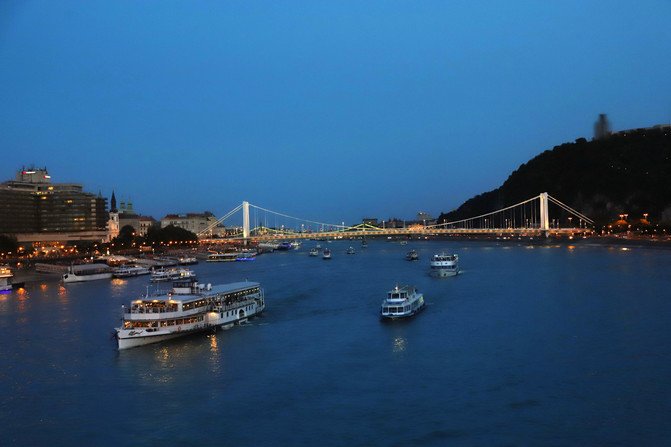

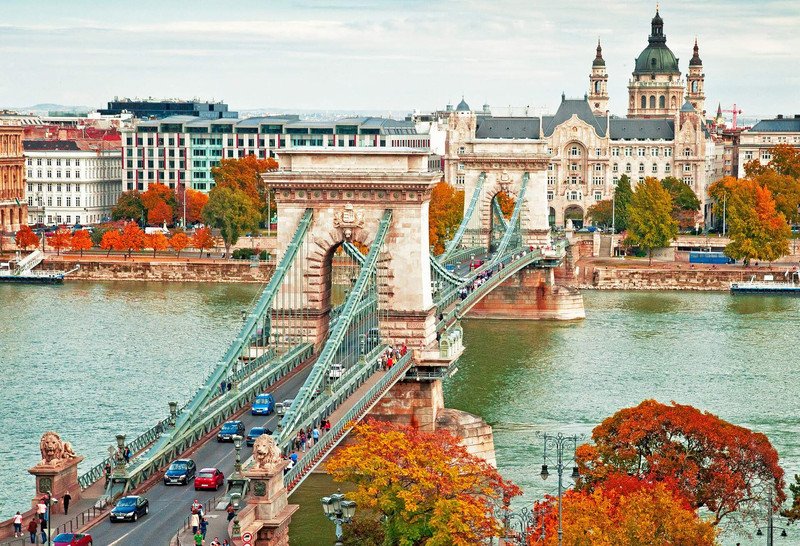
The Real Cost of Living in Budapest
Hungary’s cost of living is considered moderate among European countries. According to Numbeo’s 2024 data, Hungary has a Cost of Living Index of 41.7, ranking 55th among European countries, indicating relatively low living costs. Specifically, in the capital, Budapest, while the cost of food is not the lowest compared to other V4 capitals (Prague in the Czech Republic, Bratislava in Slovakia, and Warsaw in Poland), Budapest offers relatively lower basic living costs (utilities, etc.) and housing prices.
In terms of various aspects of living costs, like supermarket prices, Hungary has its advantages over other countries. For instance, the prices of basic groceries like milk, bread, and meat are quite reasonable. While dining out might be relatively expensive, it still remains competitive compared to other Western European countries.
However, it is worth noting that in 2023-2024, prices in Budapest, including dining and accommodation costs, have seen a significant rise. For example, rents in central areas have increased by over 10% in just one year, and the prices of everyday goods have also gone up compared to the past two years.




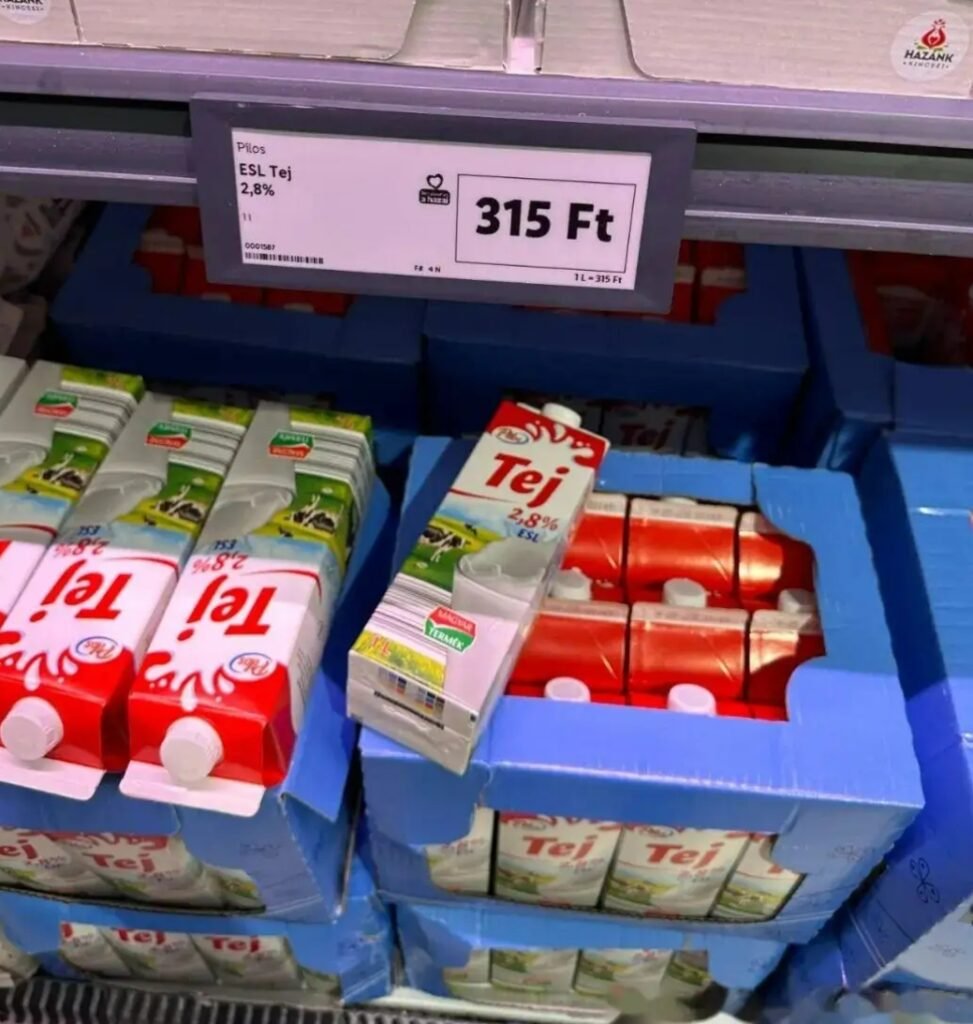








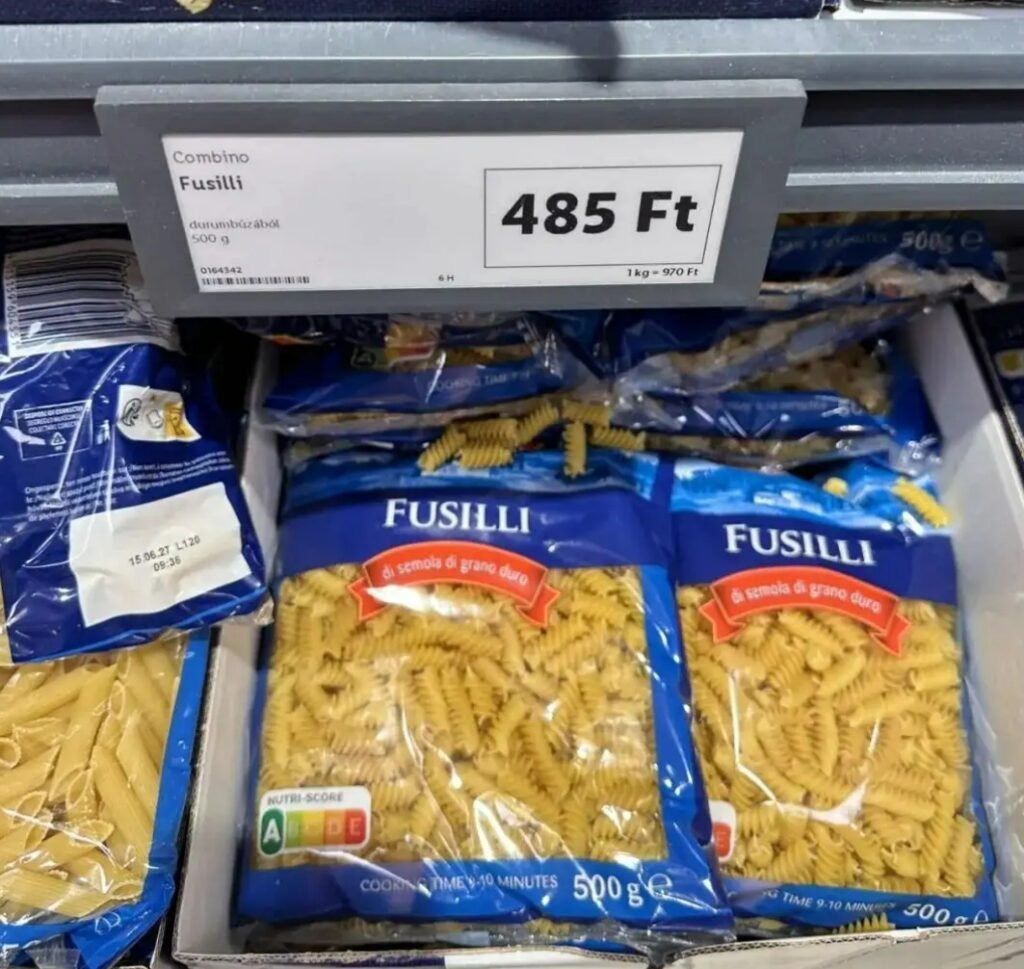


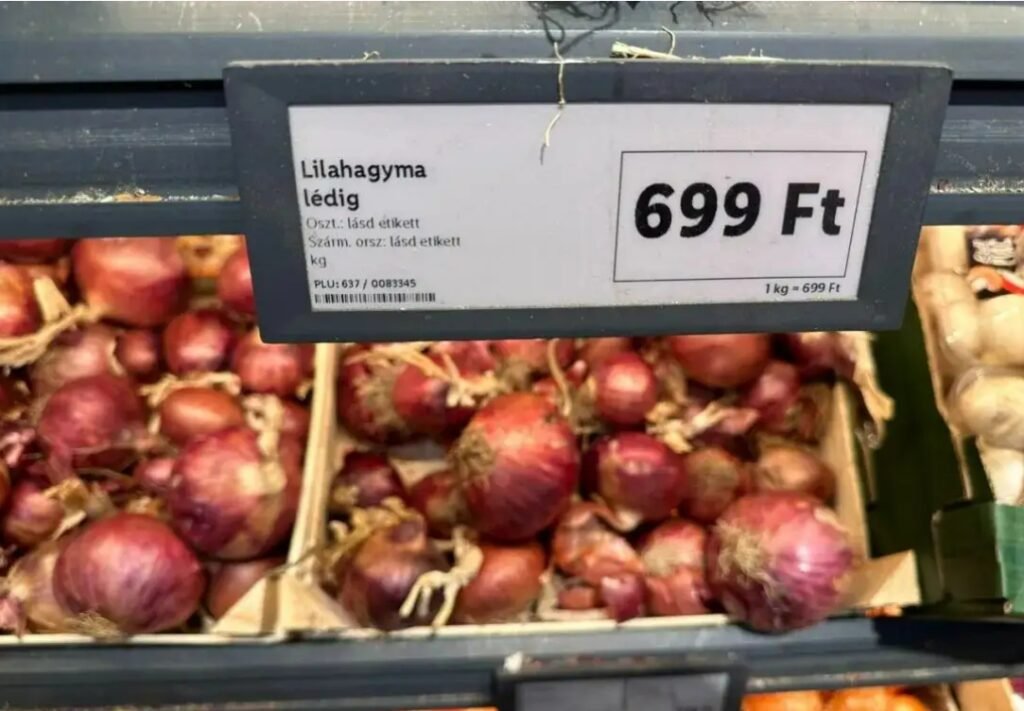
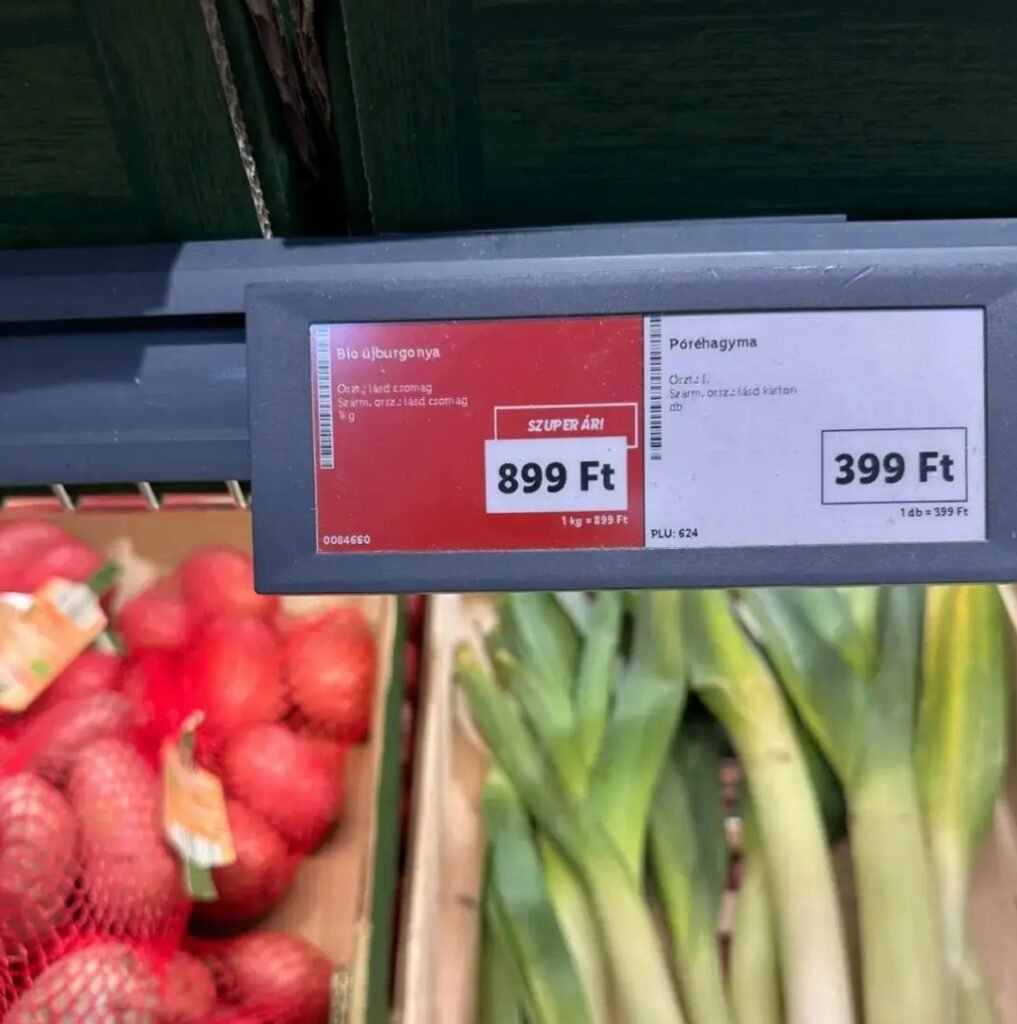
The 9 cheapest cities in the world for digital nomads to live in:
